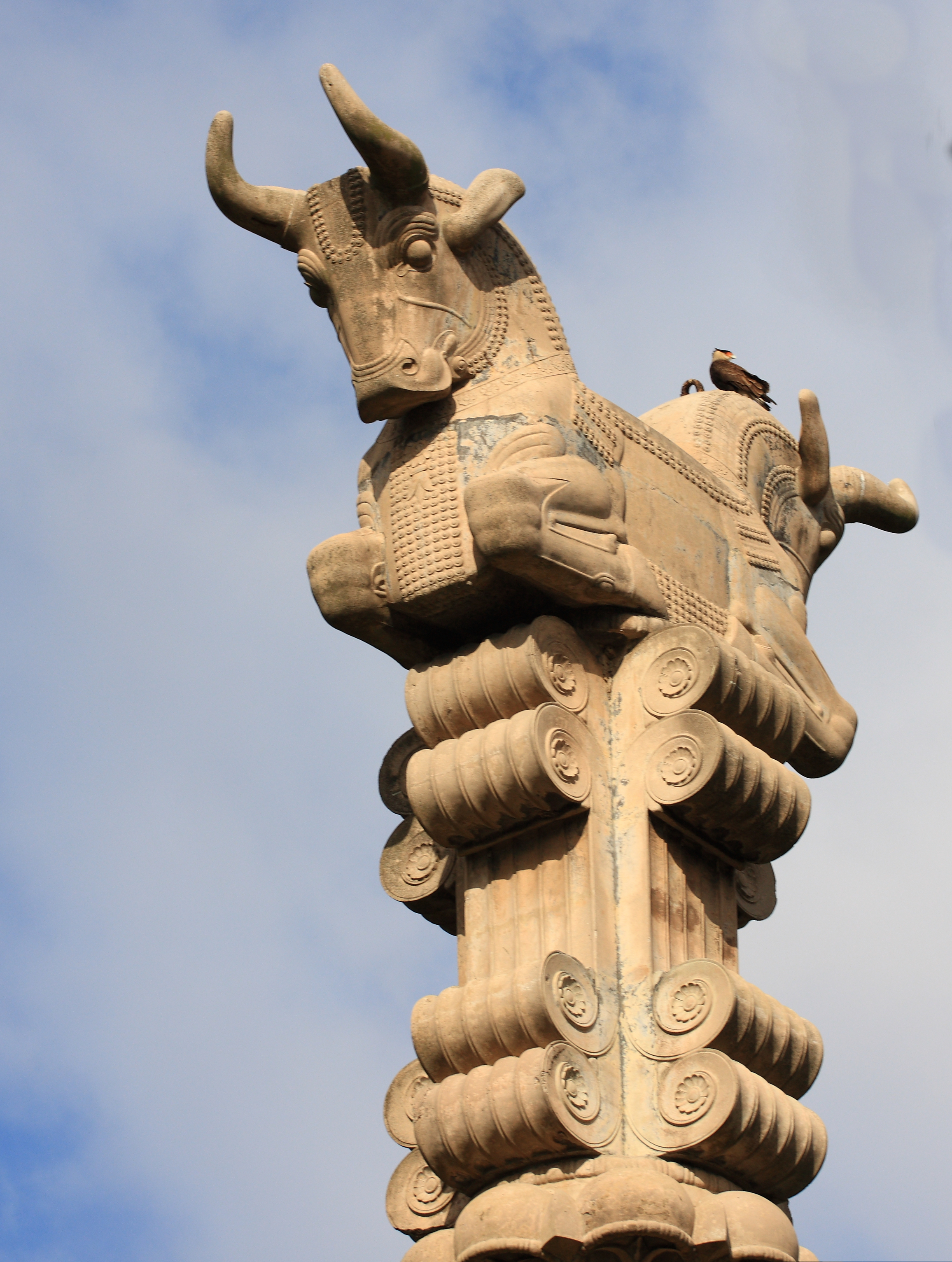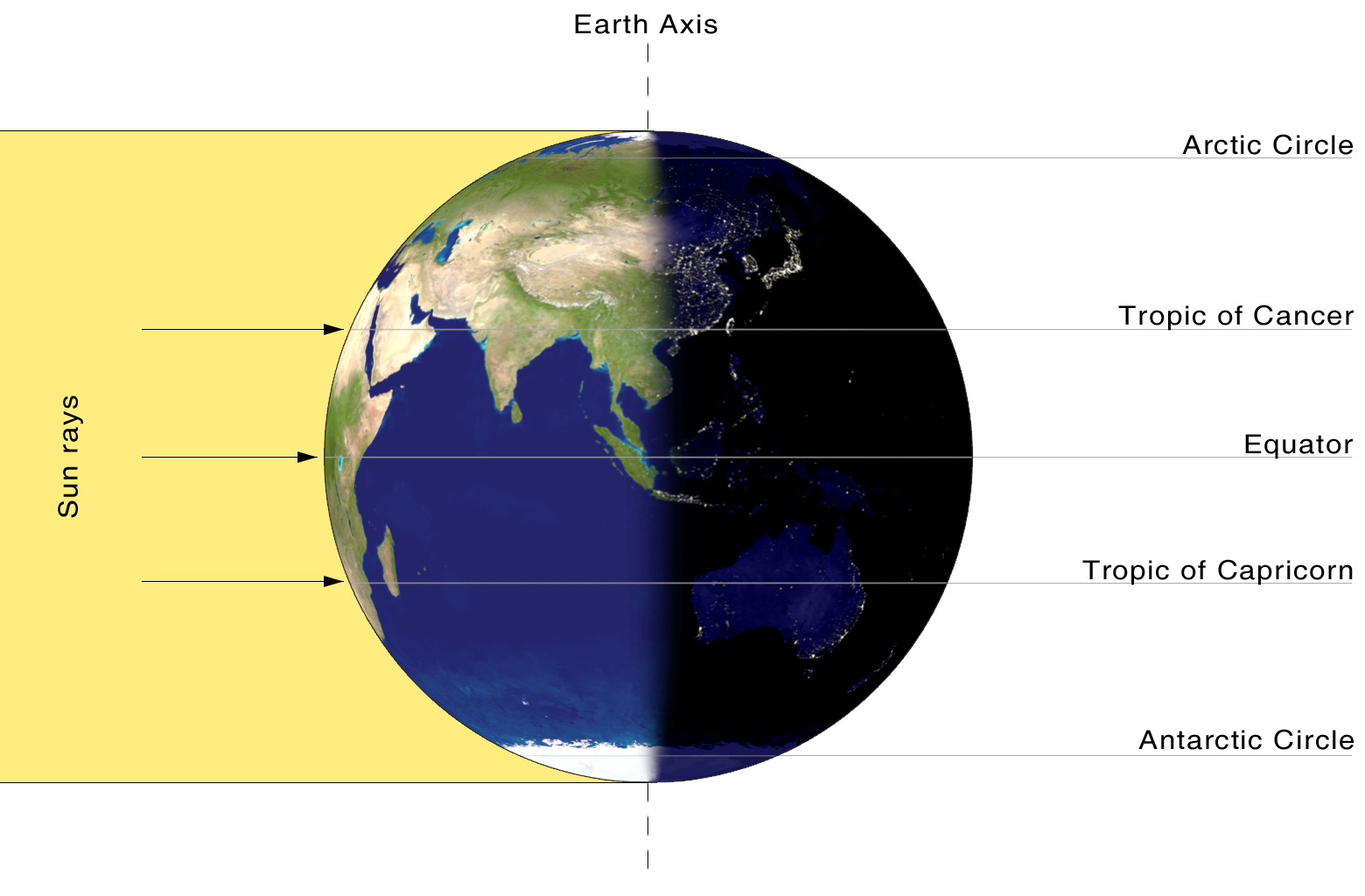|
Persian Column
Persian columns or Persepolitan columns are the distinctive form of column developed in the Achaemenid architecture of ancient Persia, probably beginning shortly before 500 BCE. They are mainly known from Persepolis, where the massive main columns have a base, Fluting (architecture), fluted shaft, and a double-animal Capital (architecture), capital, most with bulls. Achaemenid palaces had enormous hypostyle halls called apadana, which were supported inside by several rows of columns. The Throne Hall or "Hall of a Hundred Columns" at Persepolis, measuring 70 × 70 metres was built by the Achaemenid king Artaxerxes I. The apadana hall is even larger. These often included a throne for the king and were used for grand ceremonial assemblies; the largest at Persepolis and Susa could fit ten thousand people at a time. The Achaemenids had little experience of stone architecture, but were able to import artists and craftsmen from around their empire to develop a hybrid imperial style dr ... [...More Info...] [...Related Items...] OR: [Wikipedia] [Google] [Baidu] |
Perspolis
Persepolis (; ; ) was the ceremonial capital of the Achaemenid Empire (). It is situated in the plains of Marvdasht, encircled by the southern Zagros mountains, Fars province of Iran. It is one of the key Iranian cultural heritage sites and a UNESCO World Heritage Site. The earliest remains of Persepolis date back to 515 BC. The city, acting as a major center for the empire, housed a palace complex and citadel designed to serve as the focal point for governance and ceremonial activities. It exemplifies the Achaemenid style of architecture. The complex was taken by the army of Alexander the Great in 330 BC, and soon after, its wooden parts were completely destroyed by fire, likely deliberately. The function of Persepolis remains unclear. It was not one of the largest cities in ancient Iran, let alone the rest of the empire, but appears to have been a grand ceremonial complex that was only occupied seasonally; the complex was raised high on a walled platform, with five "palace ... [...More Info...] [...Related Items...] OR: [Wikipedia] [Google] [Baidu] |
Bracket (architecture)
A bracket is a structural or decorative architectural element that projects from a wall, usually to carry weight and sometimes to "strengthen an angle". It can be made of wood, stone, plaster, metal, or other media. A corbel or console are types of brackets. In mechanical engineering a bracket is any intermediate component for fixing one part to another, usually larger, part. What makes a bracket a bracket is that it is intermediate between the two and fixes the one to the other. Brackets vary widely in shape, but a prototypical bracket is the L-shaped metal piece that attaches a shelf (the smaller component) to a wall (the larger component): its vertical arm is fixed to one (usually large) element, and its horizontal arm protrudes outwards and holds another (usually small) element. This shelf bracket is effectively the same as the architectural bracket: a vertical arm mounted on the wall, and a horizontal arm projecting outwards for another element to be attached on top of it ... [...More Info...] [...Related Items...] OR: [Wikipedia] [Google] [Baidu] |
Greece
Greece, officially the Hellenic Republic, is a country in Southeast Europe. Located on the southern tip of the Balkan peninsula, it shares land borders with Albania to the northwest, North Macedonia and Bulgaria to the north, and Turkey to the east. The Aegean Sea lies to the east of the Geography of Greece, mainland, the Ionian Sea to the west, and the Sea of Crete and the Mediterranean Sea to the south. Greece has the longest coastline on the Mediterranean Basin, spanning List of islands of Greece, thousands of islands and nine Geographic regions of Greece, traditional geographic regions. It has a population of over 10 million. Athens is the nation's capital and List of cities and towns in Greece, largest city, followed by Thessaloniki and Patras. Greece is considered the cradle of Western culture, Western civilisation and the birthplace of Athenian democracy, democracy, Western philosophy, Western literature, historiography, political science, major History of science in cl ... [...More Info...] [...Related Items...] OR: [Wikipedia] [Google] [Baidu] |
Babylon
Babylon ( ) was an ancient city located on the lower Euphrates river in southern Mesopotamia, within modern-day Hillah, Iraq, about south of modern-day Baghdad. Babylon functioned as the main cultural and political centre of the Akkadian-speaking region of Babylonia. Its rulers established two important empires in antiquity, the 19th–16th century BC Old Babylonian Empire, and the 7th–6th century BC Neo-Babylonian Empire. Babylon was also used as a regional capital of other empires, such as the Achaemenid Empire. Babylon was one of the most important urban centres of the ancient Near East, until its decline during the Hellenistic period. Nearby ancient sites are Kish, Borsippa, Dilbat, and Kutha. The earliest known mention of Babylon as a small town appears on a clay tablet from the reign of Shar-Kali-Sharri (2217–2193 BC), of the Akkadian Empire. Babylon was merely a religious and cultural centre at this point and neither an independent state nor a large city, s ... [...More Info...] [...Related Items...] OR: [Wikipedia] [Google] [Baidu] |
Egypt
Egypt ( , ), officially the Arab Republic of Egypt, is a country spanning the Northeast Africa, northeast corner of Africa and Western Asia, southwest corner of Asia via the Sinai Peninsula. It is bordered by the Mediterranean Sea to northern coast of Egypt, the north, the Gaza Strip of Palestine and Israel to Egypt–Israel barrier, the northeast, the Red Sea to the east, Sudan to Egypt–Sudan border, the south, and Libya to Egypt–Libya border, the west; the Gulf of Aqaba in the northeast separates Egypt from Jordan and Saudi Arabia. Cairo is the capital, list of cities and towns in Egypt, largest city, and leading cultural center, while Alexandria is the second-largest city and an important hub of industry and tourism. With over 109 million inhabitants, Egypt is the List of African countries by population, third-most populous country in Africa and List of countries and dependencies by population, 15th-most populated in the world. Egypt has one of the longest histories o ... [...More Info...] [...Related Items...] OR: [Wikipedia] [Google] [Baidu] |
Volute
A volute is a spiral, scroll-like ornament that forms the basis of the Ionic order, found in the capital of the Ionic column. It was later incorporated into Corinthian order and Composite column capitals. Four are normally to be found on an Ionic capital, eight on Composite capitals and smaller versions (sometimes called ''helix'') on the Corinthian capital. The word derives from the Latin ''voluta'' ("scroll"). It has been suggested that the ornament was inspired by the curve of a ram's horns, or perhaps was derived from the natural spiral found in the ovule of a common species of clover native to Greece. Alternatively, it may simply be of geometrical origin. The ornament can be seen in Renaissance and Baroque architecture and is a common decoration in furniture design, silverware and ceramics. A method of drawing the complex geometry was devised by the ancient Roman architect Vitruvius through the study of classical buildings and structures. Gallery Ornamentation This ... [...More Info...] [...Related Items...] OR: [Wikipedia] [Google] [Baidu] |
Moon
The Moon is Earth's only natural satellite. It Orbit of the Moon, orbits around Earth at Lunar distance, an average distance of (; about 30 times Earth diameter, Earth's diameter). The Moon rotation, rotates, with a rotation period (lunar day) that is synchronized to its orbital period (Lunar month#Synodic month, lunar month) of 29.5 Earth days. This is the product of Earth's gravitation having tidal forces, tidally pulled on the Moon until one part of it stopped rotating away from the near side of the Moon, near side, making always the same lunar surface face Earth. Conversley, the gravitational pull of the Moon, on Earth, is the main driver of Earth's tides. In geophysical definition of planet, geophysical terms, the Moon is a planetary-mass object or satellite planet. Its mass is 1.2% that of the Earth, and its diameter is , roughly one-quarter of Earth's (about as wide as the contiguous United States). Within the Solar System, it is the List of Solar System objects by ... [...More Info...] [...Related Items...] OR: [Wikipedia] [Google] [Baidu] |
Spring Equinox (Northern Hemisphere)
The March equinox or northward equinox is the equinox on the Earth when the subsolar point appears to leave the Southern Hemisphere and cross the celestial equator, heading northward as seen from Earth. The March equinox is known as the vernal equinox (or spring equinox) in the Northern Hemisphere and as the autumnal equinox (or fall equinox) in the Southern Hemisphere. On the Gregorian calendar at 0° longitude, the northward equinox can occur as early as 19 March (which happened most recently in 1796, and will happen next in 2044), and it can occur as late as 21 March (which happened most recently in 2007, and will happen next in 2102). For a common year the computed time slippage is about 5 hours 49 minutes ''later'' than the previous year, and for a leap year about 18 hours 11 minutes ''earlier'' than the previous year. Balancing the increases of the common years against the losses of the leap years keeps the calendar date of the March equinox from drifting more than one ... [...More Info...] [...Related Items...] OR: [Wikipedia] [Google] [Baidu] |
Nowruz
Nowruz (, , () , () , () , () , Kurdish language, Kurdish: () , () , () , () , , , , () , , ) is the Iranian or Persian New Year. Historically, it has been observed by Iranian peoples, but is now celebrated by many ethnicities worldwide. It is a festival based on the March equinox, Northern Hemisphere spring equinox, which marks the first day of a new year on the Iranian calendars and the currently used Solar Hijri calendar; it usually coincides with a date between 19 March and 22 March on the Gregorian calendar. The roots of Nowruz lie in Zoroastrianism, and it has been celebrated by many peoples across West Asia, Central Asia, the Caucasus and the Black Sea Basin, the Balkans, and South Asia for over 3,000 years. In the modern era, while it is observed as a Secularism, secular holiday by most celebrants, Nowruz remains a holy day for Zoroastrians, Baháʼís, and Isma'ilism, Ismaʿili Shia Muslims. For the Northern Hemisphere, Nowruz marks the beg ... [...More Info...] [...Related Items...] OR: [Wikipedia] [Google] [Baidu] |
Griffin
The griffin, griffon, or gryphon (; Classical Latin: ''gryps'' or ''grypus''; Late and Medieval Latin: ''gryphes'', ''grypho'' etc.; Old French: ''griffon'') is a -4; we might wonder whether there's a point at which it's appropriate to talk of the beginnings of French, that is, when it wa ...: ''griffon'') is a legendary creature with the body, tail, and Hindlimb">back legs of a lion, and the head and wings of an eagle">lion.html" ;"title="Hindlimb">back legs of a lion">Hindlimb">back legs of a lion, and the head and wings of an eagle with its talons on the front legs. Overview Because the lion was traditionally considered the king of the beasts and the eagle the king of the birds, by the Middle Ages, the griffin was thought to be an especially powerful and majestic creature. Since classical antiquity, griffins were known for guarding treasures and priceless possessions. In Greek and Roman texts, griffins and Arimaspians were associated with gold deposits of Central Asia. ... [...More Info...] [...Related Items...] OR: [Wikipedia] [Google] [Baidu] |






